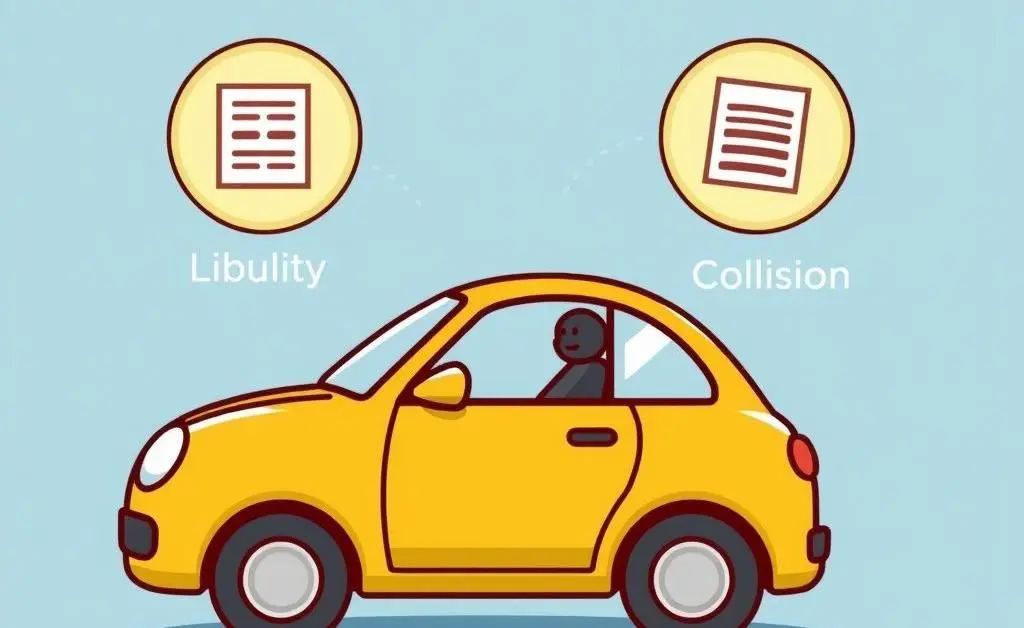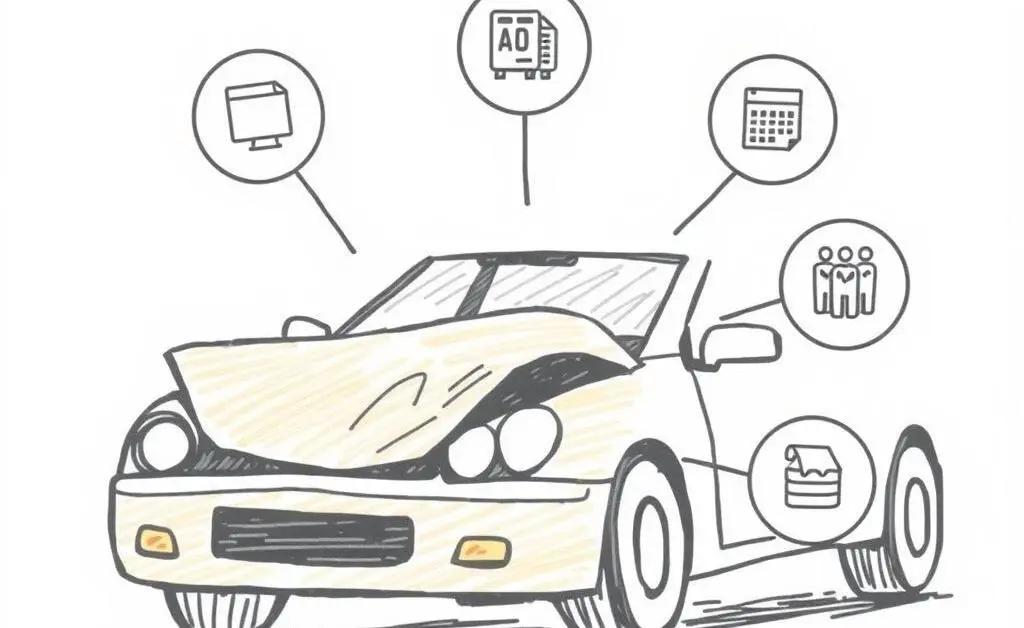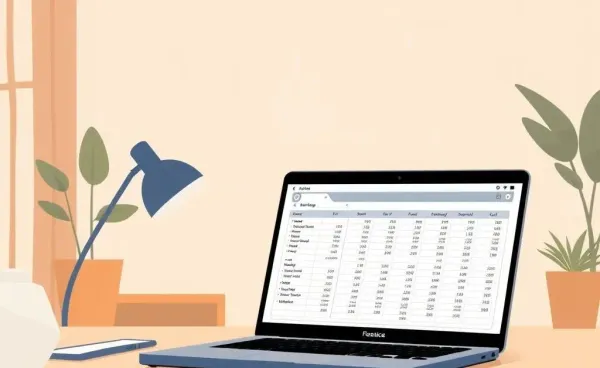Understanding Auto Insurance: A Friendly Guide to Coverage and Claims
Dive into auto insurance essentials with our friendly guide to coverage options and the claims process.

Hello there! So, you’re here because the realm of auto insurance feels like navigating a maze in the dark, right? Don’t worry, I’m here to shed light on this topic. Think of me as your guide, making sense of the puzzling terms and ensuring you’re well prepared for whatever the road may throw your way.
What Are the Main Types of Auto Insurance Coverage?
Many of us have had that moment — staring at a pile of insurance documents, feeling utterly lost. The key is knowing the basic coverage types and what they mean for you. Let's break it down:
- Liability Coverage: The bread-and-butter of auto insurance. This covers the other driver's expenses if you’re at fault in an accident. It’s required in most states.
- Collision Coverage: As the name suggests, it covers your car's damages after a crash, regardless of who’s at fault.
- Comprehensive Coverage: It’s like the Swiss Army knife of your policy. It covers non-collision-related damage, like theft, vandalism, or natural disasters.

Understanding the Insurance Claims Process
If you find yourself in an accident, the claims process can seem daunting. Here’s a not-so-secret formula to ease your way through:
- Document Everything: Take pictures, jot down notes, and make sure to snag the other driver’s info.
- Contact Your Insurer: Let them know what happened as soon as possible. They’ll guide you on the next steps.
- Follow Up: Keep in touch with your claims adjuster. Communication is key!

Budgeting for Auto Insurance
Let’s face it, auto insurance isn’t usually the star of our budget talk, but it’s an essential piece. Here’s how you can make it work without breaking the bank:
- Shop Around: Don’t settle on the first quote. Compare rates from different companies.
- Bundle Policies: If you have other types of insurance, check if bundling can cut costs.
- Adjust Deductibles: A higher deductible can lower your premium, but be sure it’s an amount you could afford to pay in a pinch.

So, there you have it! Auto insurance might seem overwhelming, but with a little knowledge, you’re equipped to make informed decisions and navigate the process with ease. Whether it’s understanding coverage, handling claims, or budgeting, keep these tips in your back pocket. And remember, an informed driver is a happy driver!
What’s been your experience with auto insurance, and do you have any tips to share? Let’s chat in the comments!




